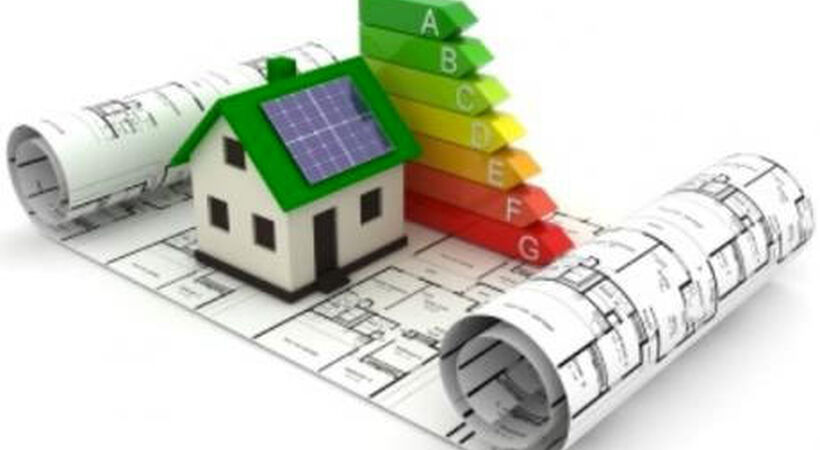In the construction industry, it seems these days a majority of new buildings and remodelling projects are being built with some type of building automation technology. For the owner, the long-term benefits of such features can be quite compelling. But how will these technologies evolve and what do owners and contractors need to know for the future?
Findings from a recent online survey by Echelon shed some light on plans for building automation systems of the future. The results indicate that a majority of planners intend to integrate multiple systems onto a common platform, and that almost half of building-automation projects involve the use of legacy systems running multiple protocols from different vendors. The conclusion is that multiprotocol and converged solutions will be key to extracting optimal benefit from the emerging IIoT (Industrial Internet of Things).
Results of a survey reveal 70% of respondents plan to integrate their building lighting, HVAC (heating, ventilation, and air conditioning), and security systems onto a common platform—nearly one-third of them in the next 12-18 months. Almost half the respondents say more than 50% of their building retrofit projects involve multiple protocols and nearly two-thirds report at least a quarter of their current retrofit projects involve multiple protocols. Over the years, building-automation systems have been developed using disparate protocols such as BACnet, LonTalk, DALI, C-Bus, Modbus, KNX, and others that currently do not intercommunicate.
Market researchers predict the IIoT will comprise a billion industrial and commercial devices by 2017, and that it will add 500 million new units per year. Such predictions provide tremendous economic incentives to bridging currently separate industrial device networks.



